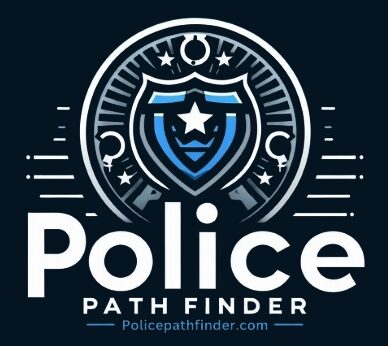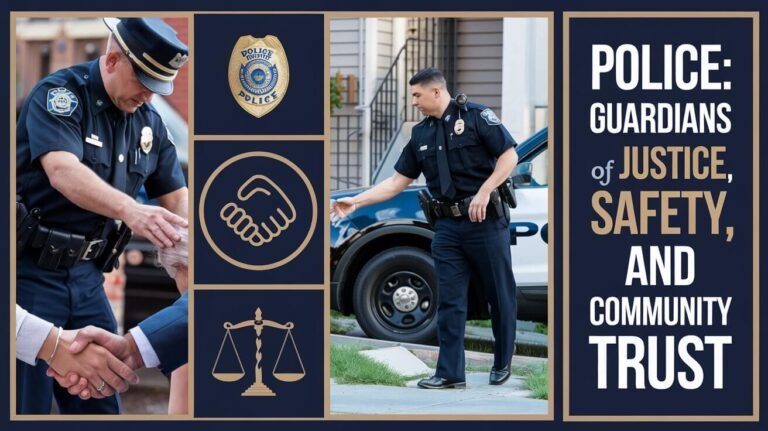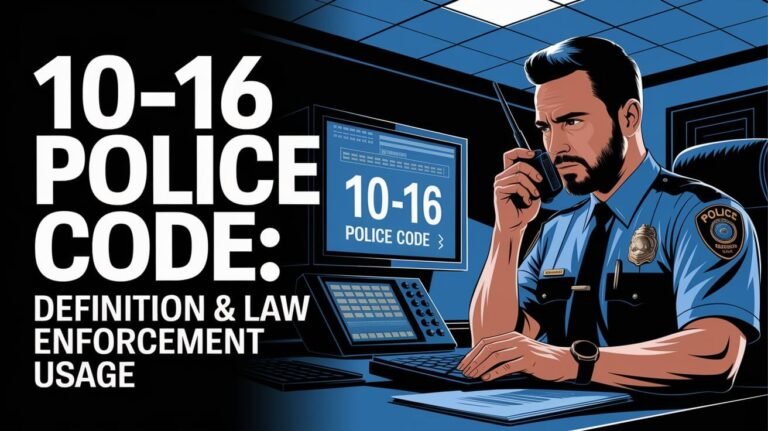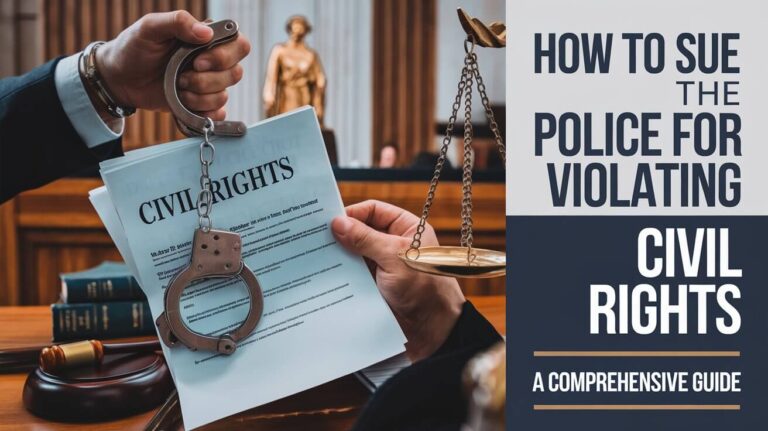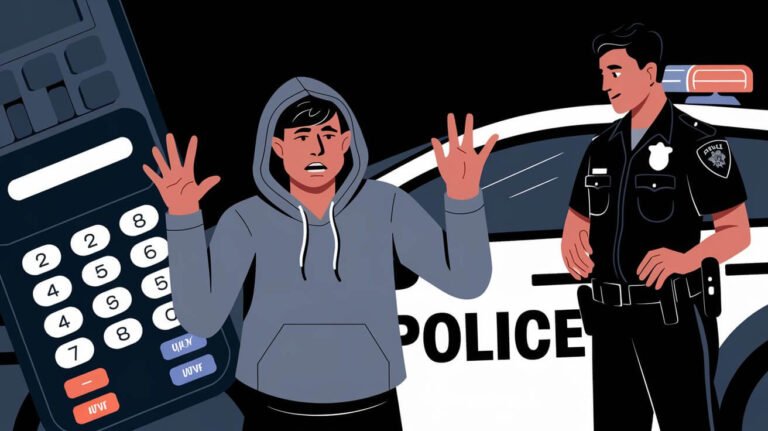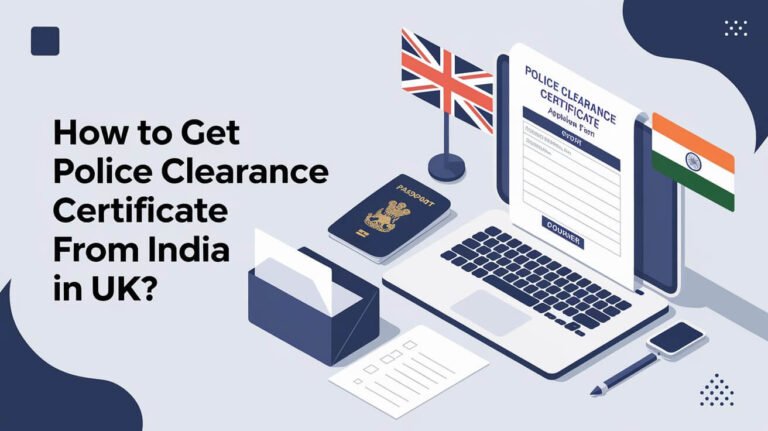52 4 15 Police Code: What It Stands For in Law Enforcement

The 52 4 15 Police Code is key for law enforcement to share urgent info fast. It helps officers talk clearly in emergency times. This code is part of a big system used by police to talk to each other.
Police codes, like the 10 codes, are vital for quick info sharing in emergencies. The Association of Public-Safety Communications Officials (APCO) has a detailed list of these codes. They help officers talk well, making sure police work smoothly.
Origins of the 52 4 15 Police Code
The history of police codes began early in law enforcement. The first set of ten-codes was published in 1939 with 17 signals. These codes helped officers send important messages quickly and clearly in emergencies. The police code history shows how law enforcement has changed over time.
Law enforcement communication protocols have been key for years. The Association of Public-Safety Communications Officials-International (APCO) created ten-codes from 1937 to 1940. They added more in 1974. These codes have seen many changes, thanks to new tech and standard protocols.
Key Milestones in Police Code Development
- 1935: The APCO Bulletin published a recommendation for a standard message form for police departments.
- 1937-1940: Ten-codes were developed by the Association of Public-Safety Communications Officials-International (APCO).
- 1974: The APCO expanded the ten-codes, which were later adopted by many law enforcement agencies.
Police code history and law enforcement communication protocols keep getting better. They focus on making communication and response times faster. Knowing how these codes started is key for good law enforcement teamwork.
Radio Communication Protocols
Radio communication protocols are key for law enforcement. They help officers share important info fast in emergencies. Police codes, like the 52 4 15 Police Code, help agencies work together better.
For example, the New York City Police Department has a top-notch system. It connects officers to a central dispatch. This way, they get vital info and act fast in emergencies. More agencies are using plain language to improve how they talk to each other.
Some important parts of radio communication protocols are:
- Standard police codes, like 10-30 (Robbery in Progress) and 10-31 (Burglary in Progress), show how urgent a situation is.
- Places are marked as “Hazardous” or “Sensitive” to keep officers safe.
- Radio code signals help keep messages short and secure, making communication quick and effective.
Good radio communication is vital for emergency responses. It lets officers react quickly and well. By using standard codes and clear language, agencies can work better together. This means faster help in emergencies, saving lives and reducing harm.
Emergency Response Categories
Emergency response categories are key in law enforcement. They help officers quickly respond to emergencies. The 52 4 15 Police Code is a system that makes communication between agencies smooth.
Priority levels are important in emergency response. They show how urgent a situation is. This helps dispatchers send the right help fast. Dispatch procedures are also key. They help dispatchers handle emergency calls quickly and right.
Response Time Requirements
How fast officers need to arrive depends on the emergency. For example, in life-threatening cases like cardiac arrests or fires, they must get there fast. But for less urgent calls, like public service issues, they might have more time.
Dispatch Procedures
Good dispatch procedures are vital. They let dispatchers send the right help fast. They look at the situation, decide what’s needed, and send the right team. This is true for emergencies like fire alarms, medical calls, and hazardous materials incidents.
In emergency situations, priority levels and dispatch procedures work together. They help law enforcement respond quickly and well. This saves lives and reduces damage.
Dispatch Center Operations
Dispatch centers are key in law enforcement, helping officers respond fast to emergencies. The 52 4 15 Police Code is vital here. It helps agencies work together smoothly.
Law enforcement talks are essential in dispatch centers. Dispatchers use codes like the 10-code system. For instance, 10-4 means “yes,” and 10-7 means “off the air.”
Some common codes are:
- 10-0: Use Caution
- 10-1: Weak Signal
- 10-2: Good Signal
- 10-3: Stop Transmitting
- 10-4: Affirmative
Good dispatch work needs clear communication. This lets officers act fast in emergencies. With set codes, dispatchers give officers the right info to keep everyone safe.
Officer Safety Protocols
Officer safety protocols are key in law enforcement. They help officers stay safe in emergency situations. The 52 4 15 Police Code helps agencies work together better. It makes sure everyone knows what to do.
Agencies need clear rules for officer safety. This includes knowing how to spot dangers and plan for them. Having backup plans is also important. It makes sure officers have help when they need it.
Risk Assessment Guidelines
Risk assessment is very important for officer safety. It helps officers figure out what dangers are there. They look at things like how many people are involved and if there are weapons.
By doing a good risk assessment, officers can stay safe. They can also keep others safe too.
Backup Procedures
Backup plans are a must for officer safety. They make sure officers have the help they need in emergencies. Agencies need to have a clear way for officers to call for help.
They also need plans for when an officer is hurt. This ensures the officer gets the help they need right away.
Scene Security Measures
Keeping the scene safe is a big part of officer safety. It means making sure officers can do their job without danger. This includes setting up a safe area and controlling who gets in.
By doing this, officers can stay safe. It also helps keep the public safe too.
Incident Documentation Requirements
Incident documentation is key for law enforcement to report incidents well. The 52 4 15 Police Code helps agencies talk and work together. In the U.S., the National Incident-Based Reporting System (NIBRS) improves crime data quality and speed.
Law enforcement must record many details, like incident and arrest reports. The NIBRS system has detailed reports with 6 segments and 53 data points. This helps track and analyze crime trends, guiding resource allocation and crime prevention.
Some important parts of incident documentation include:
- Accurate and detailed reporting of incidents, including victim and offender demographics
- Use of standardized codes and classifications, such as the NIBRS system
- Timely submission of reports to facilitate coordination and response between law enforcement agencies
Good incident documentation is vital for law enforcement to share and coordinate on incidents. Standardized systems and codes ensure reports are accurate and useful for crime prevention and response.
| Incident Type | Number of Codes |
|---|---|
| Traffic Incidents | 6 |
| Theft | 9 |
| Violent Incidents | 8 |
| Mental Health or Welfare Checks | 5 |
Digital Systems Integration
Digital systems integration is key in law enforcement. It lets officers use modern tools and software to improve their emergency responses. This integration makes communication and coordination between agencies better, leading to more effective outcomes.
Some main benefits of digital systems integration are:
- Improved communication and coordination between agencies
- Enhanced response times and efficiency
- Increased accuracy and reliability of information
Modern tools like mobile devices and software are essential in digital systems integration. They help officers share and access information quickly. This makes responding to emergencies more effective. Software applications, like computer-aided dispatch systems, also play a big role. They provide a central platform for managing and coordinating responses.
Interagency Coordination Methods
Effective interagency coordination is key in law enforcement. It lets officers work together across different agencies in emergency situations. This coordination helps in quick and efficient responses to emergencies.
Good communication is essential in law enforcement. It helps officers share information and work together. Methods like memoranda of understanding (MOUs) for active shooter incidents improve how agencies talk and work together.
Here are some ways agencies coordinate:
- Establishing MOUs for active shooter incidents and other joint responses
- Integrating military police into civilian police training academies to enhance collaboration
- Maintaining a directory of command staff from both police and military agencies to facilitate introductions and relationship building
Using these methods, law enforcement can better handle emergencies. This ensures public safety and lowers the risk of accidents and injuries.
Training Requirements for 52 4 15 Implementation
Effective law enforcement communication heavily relies on the 52 4 15 Police Code. Training for its use is key. The certification process includes basic training modules. These modules teach officers how to handle emergency situations well.
The training covers classroom lessons and hands-on practice. It teaches about radio communication, emergency responses, and dispatch procedures. Law enforcement must follow strict training rules, including certification. This ensures officers know how to use the 52 4 15 Police Code correctly.
Some important parts of the training include:
- Basic training modules: These cover the 52 4 15 Police Code’s basics, like its history and use in emergencies.
- Certification process: This involves exams to check if officers understand and can use the code in real situations.
- Ongoing training: Agencies must keep training officers to keep their skills sharp in using the 52 4 15 Police Code.
Following these steps, law enforcement can make sure officers are ready for emergencies. This improves public safety and cuts down on mistakes or misunderstandings.
Compliance and Regulatory Standards
Following regulatory standards is key in law enforcement, mainly for communication. The 52 4 15 Police Code helps agencies work together better. Agencies must follow set rules and guidelines.
Law enforcement must meet New York State Law Enforcement Accreditation Program standards. These cover health, safety, and how they handle personnel and public relations. Regular audits show how important it is to follow these rules.
Agencies also have to follow federal laws like the Fair Labor Standards Act (FLSA). The FLSA sets rules for wages, overtime, and employee records. They must also follow state and local laws, like keeping records on people in jail.
To meet these standards, agencies need clear rules and training. They also do audits to check if they’re following the rules. This way, they can use the 52 4 15 Police Code well and keep the community’s trust.
Wrap-Up
The 52 4 15 Police Code is key for law enforcement to quickly share important info in emergencies. It helps officers work together and keep everyone safe. This code is a big part of how police communicate.
Knowing how the 52 4 15 system works helps police handle emergencies better. It includes how to respond and use technology. This makes police work more effective.
The 52 4 15 Police Code shows law enforcement’s commitment to better communication and safety. As it gets updated, it will keep being a vital tool for police. It helps make sure everyone stays safe.
Answered Queries
What is the 52 4 15 Police Code?
The 52 4 15 Police Code is key for law enforcement to quickly share important info in emergencies. It’s part of a system used by police to talk to each other.
What are the origins of the 52 4 15 Police Code?
The 52 4 15 Police Code started as a way for police to communicate clearly and fast. Over time, it has changed to meet new needs and tech. Now, different places have their own versions, based on their specific needs.
How does the 52 4 15 Police Code relate to radio communication protocols?
Radio protocols are key for police to share info fast in emergencies. The 52 4 15 Code is a big part of this, helping police work together better.
What are the different emergency response categories associated with the 52 4 15 Police Code?
Emergency response categories help police react quickly to emergencies. The 52 4 15 Code helps by setting clear rules for how to respond, including how fast and what to do first.
How do dispatch center operations utilize the 52 4 15 Police Code?
Dispatch centers are critical for police to respond to emergencies. The 52 4 15 Code helps these centers work better, making sure police get where they need to go fast.
What are the officer safety protocols associated with the 52 4 15 Police Code?
Officer safety is a top priority for police. The 52 4 15 Code helps by setting rules for staying safe, like having backup and securing the scene.
How does the 52 4 15 Police Code impact incident documentation requirements?
Accurate reporting of incidents is essential for police. The 52 4 15 Code ensures that all important details are documented correctly, helping with investigations.
What are the digital systems integration strategies related to the 52 4 15 Police Code?
Using modern tech is important for police to respond better to emergencies. The 52 4 15 Code helps by making sure all systems work together smoothly.
How does the 52 4 15 Police Code facilitate interagency coordination?
Working together across agencies is key for police. The 52 4 15 Code makes this easier by setting clear rules for communication and response.
What are the training requirements for the implementation of the 52 4 15 Police Code?
Training is vital for police to use the 52 4 15 Code effectively. It includes basic training and certification, ensuring officers are ready for emergencies.
What are the compliance and regulatory standards related to the 52 4 15 Police Code?
Following laws and regulations is important for police. The 52 4 15 Code helps by ensuring police use it correctly, staying within legal bounds.
